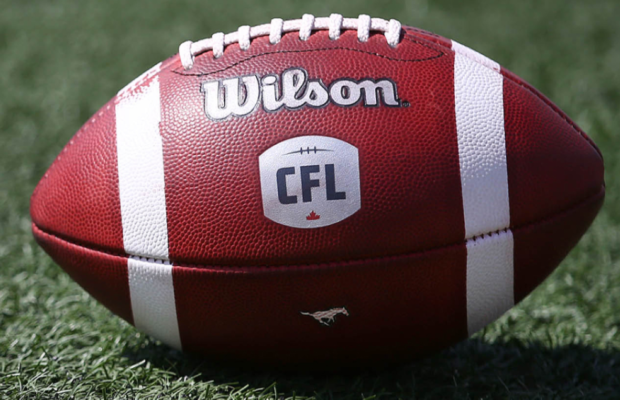Canadian Football Rules
Canadian Football League

- Visit the post for more. Order a tackle rulebook. To order a copy of the tackle rulebook, please contact your provincial governing body.
- Official site of the Canadian Amateur Football Association. Includes information about tackle, touch, and flag football as well as news, photos, and information about their programs.
Game Rule Ratio Each team may have a maximum of 46 players, including 2 players who shall be identified as quarterbacks and 44 other players, of whom not more than 20 may be.
Canadian Football Field Size

Homepage: http://www.cfl.ca/
Rules and regulations: https://www.cfl.ca/2017-cfl-rule-book-facts-figures-records-guide/
History:
The Canadian Football League (CFL) and it’s Championship, The Gray Cup has roots back to the 1800’s and the Canadian Rugby Union. In 1909 the Governor-General of, Lord Albert-Henry Earl Grey, donated a trophy to be awarded to the championship amateur football team of Canada, now better known as the Grey Cup. The trophy has been the height of accomplishment for Canadian Football for nearly 100 years.
The current name, Canadian Football League was selected in 1958 when G. Sydney Halter was appointed the first Commissioner of the league.

For a few years in the mid 1990’s the league expanded to include teams in the United States. In 1995, the Baltimore expansion team even went on to win the Grey Cup.
Currently the league features nine teams, four in the Eastern Division; Montreal, Toronto, Hamilton and Ottawa) and five in the Western Division including: British Columbia, Edmonton, Saskatchewan, Winnipeg and Calgary.
The CFL is the only professional sports organization to operate wholly within Canada. Fan support has been growing and the annual Grey Cup championship has attracted in excess of 60,000 fans and over 5 million television viewers.
Canadian Football Rules History
American and Canadian football both descended from rugby and began in Canada as a game played between British soldiers garrisoned in Montreal. The soldiers played a series of games against students at McGill University. McGill played several games against Harvard in 1874 and a tradition was born. Despite their mutual origins, the Canadian and the American game developed differently and now have substantially different rules and regulations.
The biggest difference between Canadian and American football is the size of the playing field. In Canada, football fields are 110 yards long and 65 yards wide. In America football fields are 100 yards long and 53 and 1/3 yards wide. The goal posts in Canadian football are placed at the front, rather than the back of the end zone which is also deeper in Canadian football than American.
Canadian Football Rules Differences

Canadian football teams have twelve players as opposed to the eleven on American teams. Because the same number of players is required at the line of scrimmage in both games, this results in an extra backfield player on Canadian teams. This means that the typical Canadian offensive setup has two slot backs instead of a tight end and on defense, two defensive halfbacks and one safety instead of two safeties as is typical in the American game.
Another difference between the two games is the number of downs. Instead of four as in the American game, Canadian football has three. This results in a more pass and kick oriented game since there are fewer downs available for short-yardage running plays. The kicking rules are also slightly different with the kicker being able to recover and advance his own kick. For this reason, kicking is a much more integral part of Canadian football than American.
The biggest difference between the kicking rules in the two games is that there is no fair catch rule in Canadian football. In American football, if a kick returner thinks he will not be able to advance the ball after recovery, he can signal for a fair catch and be immune from contact. In Canadian football no player on the kicking team except the kicker and any players behind him on the field may ever be within 5 yards of the ball unless it has been touched by an opponent. Also, in Canadian football any kick that goes into the end zone is a live ball, except for successful field goals.
There are other minor differences as well including scoring, motion and time rules but they are not as significant as the major differences noted here.